Past few month’s I’ve been researching and testing with LoRaWAN networks.
After some good test results I decided to developed my own compact, fully Arduino compatible LoRaWAN Node and also develop use cases with them. When developing this hardware it was almost impossible to buy the RN2483 LoRaWAN modules from Microchip. That’s why I chose for RFM95W LoRa modules from HopeRF. Not a bad choice after all, the hardware is very impressive!
The “TvB Wireless Node”, not just another LoRaWAN node:
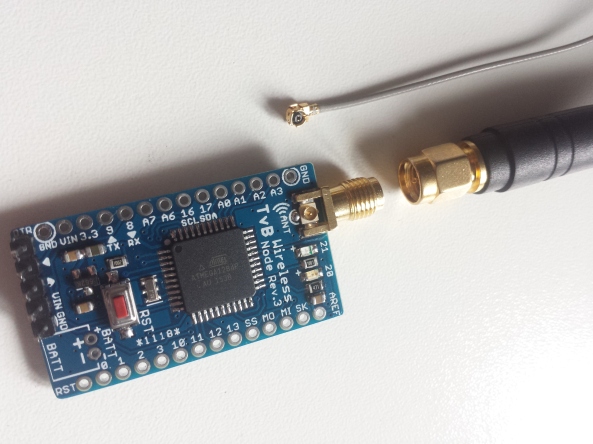

Features:
- Atmega1284p with 128kb program memory, running on 8 MHz with Arduino bootloader
- Supports all RFM95-98 LoRa tranceivers
- Supports regular tranceivers of the RFM69 series. The RFM69-W, -HW and -HCW versions are compatible.
- SMA + U.FL antenna connectors
- Breadboard compatible header pins for easy prototyping
- 3.3V onboard regulator
- Red & blue onboard led
- JST battery connector
- Battery voltage measurement
- Reset button
- Programming header for (CP2102 or FTDI) USB to serial programmers
The microcontroller has more than enough program memory for the LMIC stack for LoRaWAN and other functions. Beside that this module can also be used as point-to-point communication with LoRa (without using an LoRaWAN network) or with regular 433/868/915 MHz transceivers (RFM69).
You get all these options on a tiny 41 x 23 mm board with both U.FL and SMA antenna connector options!
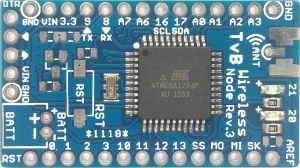
Oh wait, when I said “tiny”, just compare the node with the SODAQ Mbili development board for LoRaWAN. It’s just a little bigger than Microchip’s RN2483 LoRaWAN module.
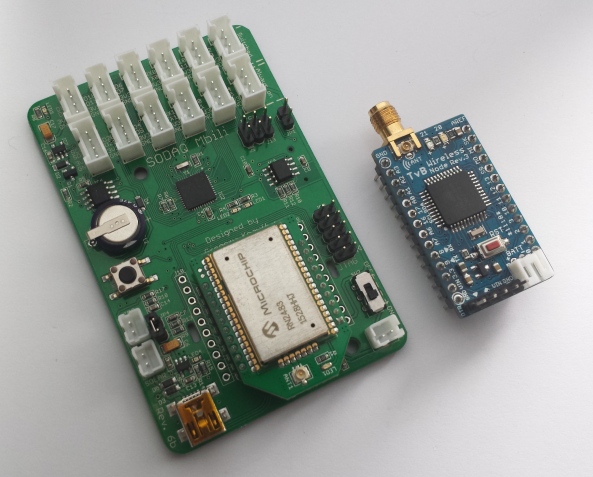
Easy prototyping
A LoRaWAN node is nothing without easy prototyping options. This one is breadboard and prototype PCB compatible! All main data lines are available with enough digital I/O’s and ADC pins. All you need!
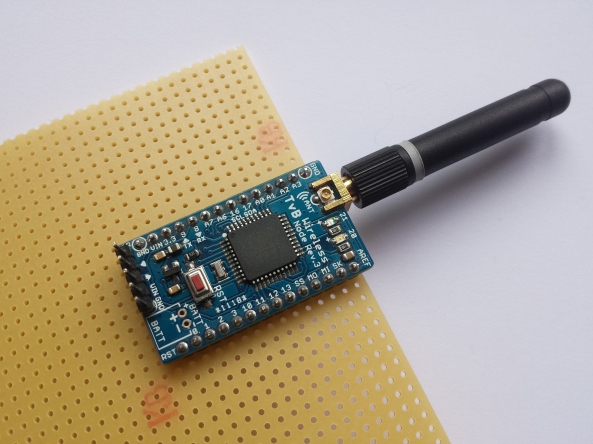
Or just directly connect a battery for your mobile application. All types of battery’s can be used with a maximum input of 6V DC. The LDO voltage regulator guarantees a stable 3,3V power supply, even for voltages as low as 3,45V! This makes the use of single cell li-ion battery’s ideal without damaging the transceiver.
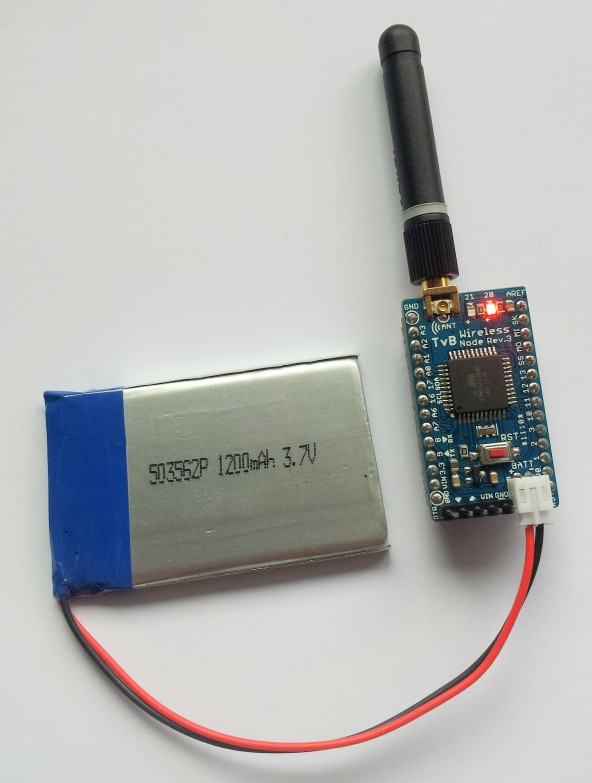
Use cases
Developing a small or portable LoRaWAN application? No problem for this hardware. Here are some examples where I used my LoRaWAN node for.
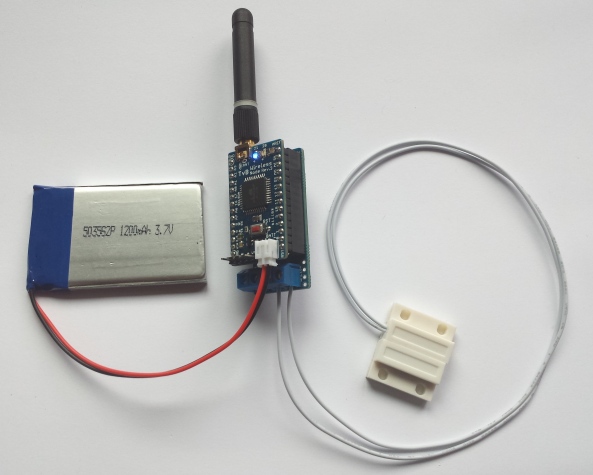
Open door detector
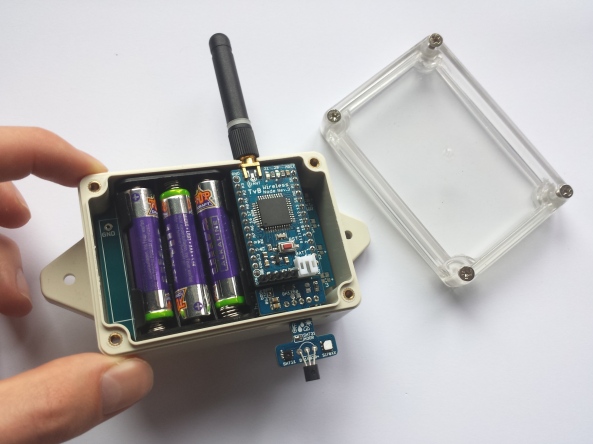
Battery powered outdoor data logger

Industrial LoRaWAN application with 230V power supply
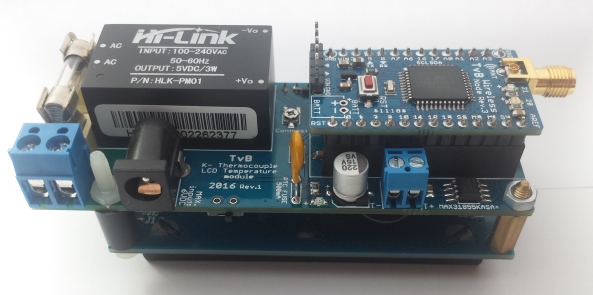 Measuring high temperatures with a thermocouple, displaying temperature on a LCD screen and transmitting over LoRaWAN
Measuring high temperatures with a thermocouple, displaying temperature on a LCD screen and transmitting over LoRaWAN
![]()
A portable GPS tracker, can also be used for measuring LoRaWAN coverage & range
Next project?
Connecting and digitalizing our beehives with LoRaWAN, and in the far future maybe tracking the flight path of our bees? 🙂
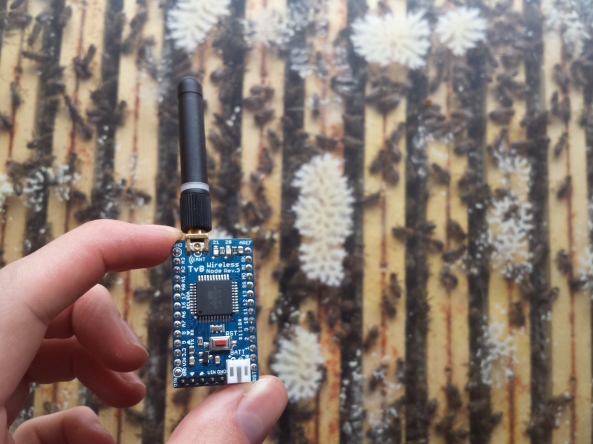
Pinout
Back to the technical side, this pinout diagram shows all features of the module.
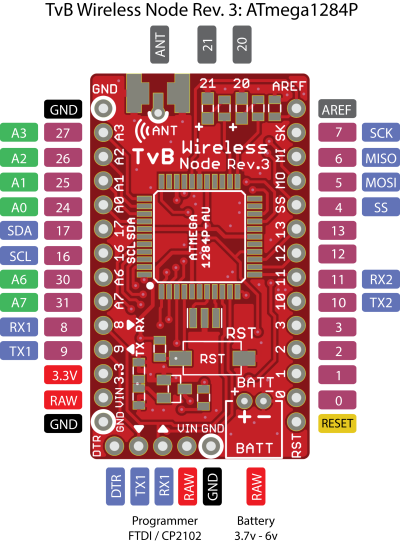

Programming
The Atmel microcontroller provides awesome support for Arduino. The Arduino bootloader on the microcontroller together with the custom board in Arduino IDE make it very easy to direct upload sketches into the node with just one click. This makes prototyping and developing a whole lot easier.
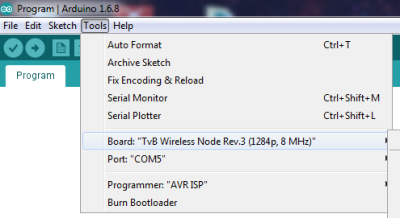
The custom board

Included example programs
Results
Testing with my LoRaWAN GPS tracker revealed the range goes up to 18.6 km (default 1/2 wavelength antenne on the node). That’s a very impressive range!
Future upgrades?
- Adding charging circuit for li-ion batteries
- Adding voltage polarisation & overcurrent protection
- Low power features

Where can i buy the node with the gps and how much does the node cost and how much the gps ?
Thank you in advance .
Ben, you can use the contact page for questions, orders, etc.
Only the TvB LoRaWAN Node Rev.2b is available if you’re interested. You will need to add a GPS module yourself.